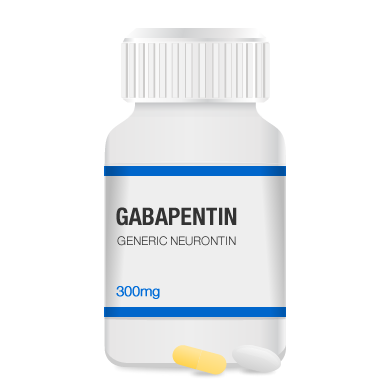Gabapentin is an anti-epileptic medication, also called an anticonvulsant. It affects chemicals and nerves in the body that are involved in the cause of seizures and some types of pain.
 Gabapentin is used in adults to treat nerve pain caused by herpes virus or shingles (herpes zoster).
Gabapentin is used in adults to treat nerve pain caused by herpes virus or shingles (herpes zoster).
The Horizant brand of gabapentin is also used to treat restless legs syndrome (RLS).
The Neurontin brand of gabapentin is also used to treatseizures in adults and children who are at least 3 years old.
Gabapentin is not a narcotic, it is actually an anticonvulsant that can also help with certain forms of nerve pain.
It may cause side effects, such as nausea, dizziness and weight changes.
To determine whether Neurontin is a narcotic, let’s decipher the informal definition of “narcotic.” According to a general dictionary, a “narcotic” is considered:
A drug or substance affecting mood or behavior and sold for nonmedical purposes – especially an illegal one.
Does Neurontin affect mood or behavior and is it sold for nonmedical purposes (e.g. intoxication)? Let’s break it down.
- Neurontin (Gabapentin) and mood: Many users report that Gabapentin has a “mood boosting” effect. Due to its mechanism of action, most people report feeling noticeably more calm and relaxed upon ingestion of Gabapentin. Though relaxation may not be interpreted as a mood change per se, the act of physiological relaxation can certainly influence or alter mood. Recreational users taking the drug at doses exceeding 600 mg report noticing a subtle degree of euphoria.
- Neurontin (Gabapentin) and behavior: While Gabapentin may not have a noticeable effect on behavior, many individuals report that the drug lowers inhibitions, making them more social. This may result in riskier behavior when taken at high, supratherapeutic doses. An individual may become noticeably more calm in their demeanor and actions upon ingestion of Gabapentin.
- Sold for nonmedical purposes: The majority of Gabapentin sales are for medical purposes such as neuropathic pain and epilepsy. That said, the drug may be attained by an individual for an off-label condition and sold to friends, family members, or strangers. The selling of the drug is done by individuals to make money, and the buyer purchases the drug often with the intention of getting “high.”
- Legal status: Although Gabapentin is considered a “legal” prescription drug when attained via doctor’s prescription, it is considered illegal to possess without a prescription. That said, it isn’t considered a “controlled-substance” and is therefore easier to obtain. It is even easier to obtain than its successor Lyrica; a similar drug with greater potency and a Schedule V classification.
Based on the informal dictionary definition, Neurontin (Gabapentin) could be interpreted as fitting the criteria of a “narcotic.” The drug is certainly capable of altering both mood and behavior, and is commonly sold for nonmedical purposes (e.g. intoxication). When the drug is attained via a doctor’s prescription and used correctly, it is not regarded as a “narcotic.”
Gabapentin does not fit the necessary legal criteria to be classified as a “narcotic” in the United States. The legal criteria for “narcotic drugs” in the United States are: any substances totally prohibited or used in violation of governmental regulation (e.g. morphine). For example, morphine can be used under medical supervision and considered legal.
In a hospital setting, morphine would be considered a legal narcotic. When obtained and administered outside of a formal hospital setting without medical consent, morphine would be regarded as an illicit narcotic. Unlike morphine, Gabapentin is not regarded in the United States as a “controlled-substance.”
Therefore it should NOT be regarded as a “narcotic” according to the legal definition. The penalties associated with unauthorized possession and/or sale of a narcotic substance are far more harsh than those associated with the unauthorized possession and/or sale of a prescription drug.